
[092] Coprinopsis atramentaria, Common Ink Cap
Introduction
Coprinopsis atramentaria, the Common Ink Cap, is a common mushroom-like fungus.
Many species in the Genus Coprinus are known as Ink Caps, including some that have recently been moved out to Coprinopsis or Coprinella.
Following on from [039] Honey Mushroom, I will also include some pictures of other agaric species.
Taxonomy
Kingdom – Fungi
Phylum – Basidiomycota
Class – Agaricomycetes
Subclass – Agaricomycetidae
Order Agaricales (Gilled Mushrooms)
Family – Psathyrellaceae
Genus – Coprinopsis
Scientific Name – Coprinopsis atramentaria
Until 2001, it was considered to be a species of Coprinus, together with the other species now in Coprinopsis and Coprinella.
Name
See individual species notes below.
Coprinopsis Atramentaria (Formerly Coprinus atramentarius)
The Common Ink Cap is common and widespread throughout the Northern Hemisphere.
Coprinus comes from Ancient Greek koprinos, ‘of dung.’ ‘-Opsis,’ also Greek means aspect or appearance. Atramentum is Latin for Ink.
The bell-shaped cap opens and flattens and then disintegrates.
It is edible but poisonous in combination with alcohol.
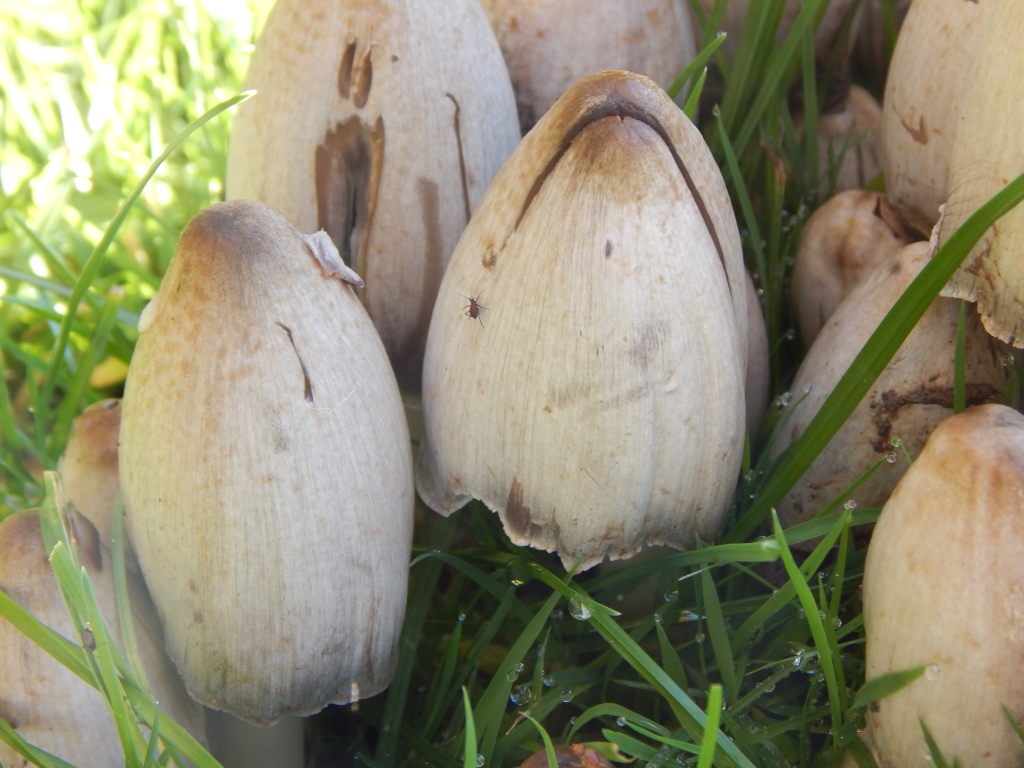




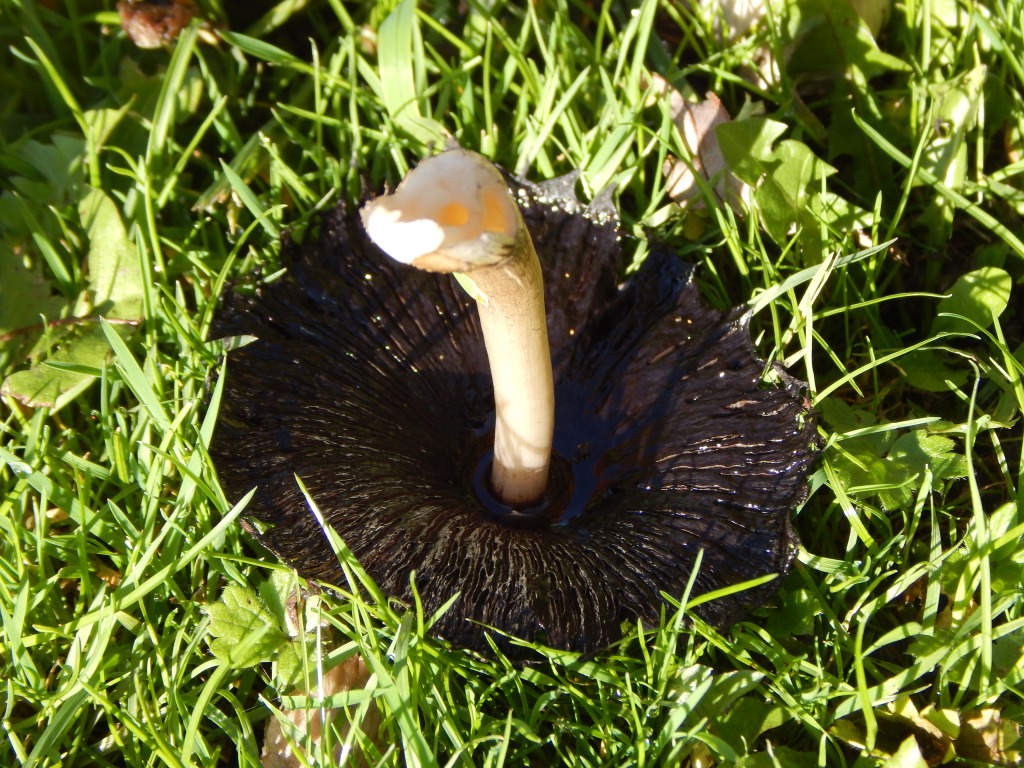
Coprinellus Micaceus (Formerly Coprinus micaceus)
The Mica Cap, Shiny Cap or Glistening Ink Cap, has a covering of reflective cells that give it its Scientific and Common Names. It is an edible species that can be found almost worldwide.

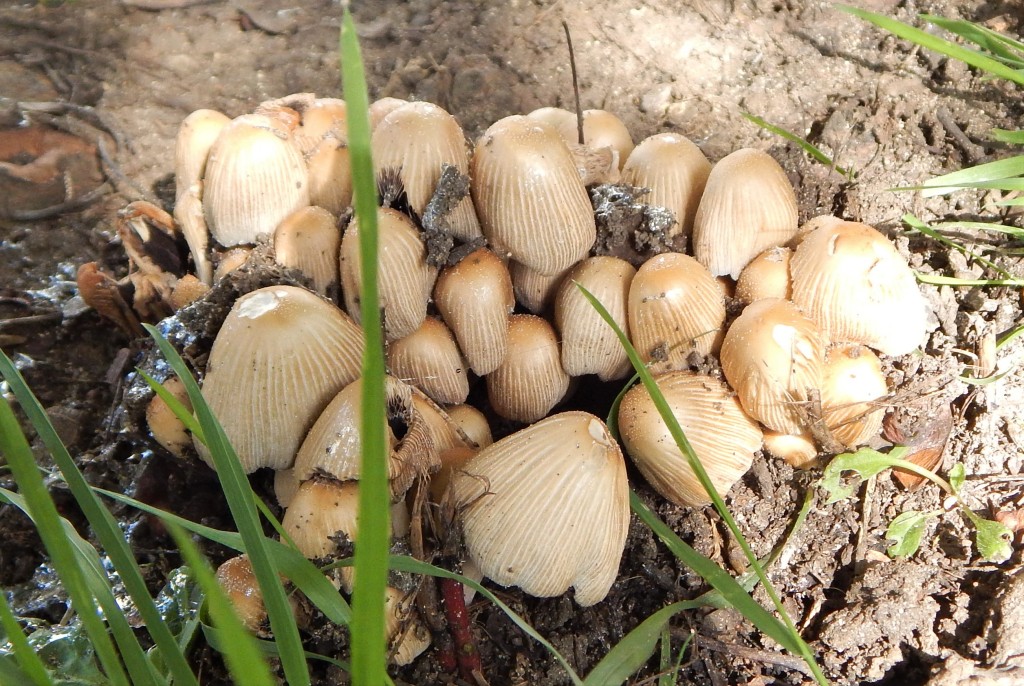

Psathyrella Species.
The genus Psathyrella contains about 400 species, all similar to the ink caps Coprinus, Coprinopsis and Coprinellus. They are difficult to identify to species level and all are generally considered to be inedible. Psathyrella is a diminutive of Psathyra, from Greek roots meaning friable or easily breakable.
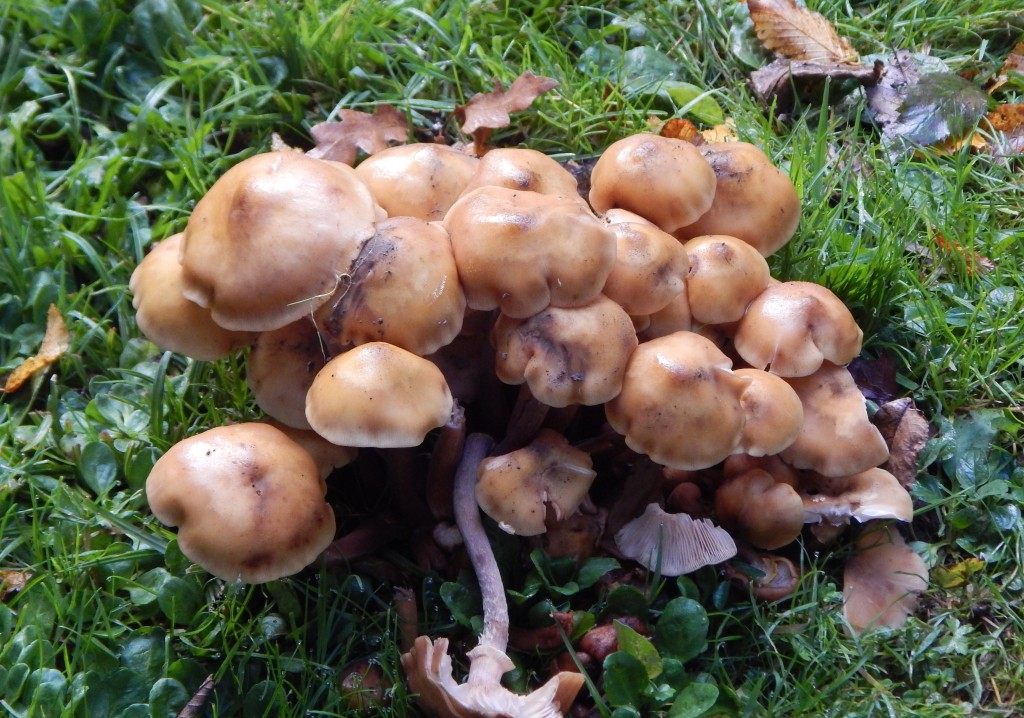


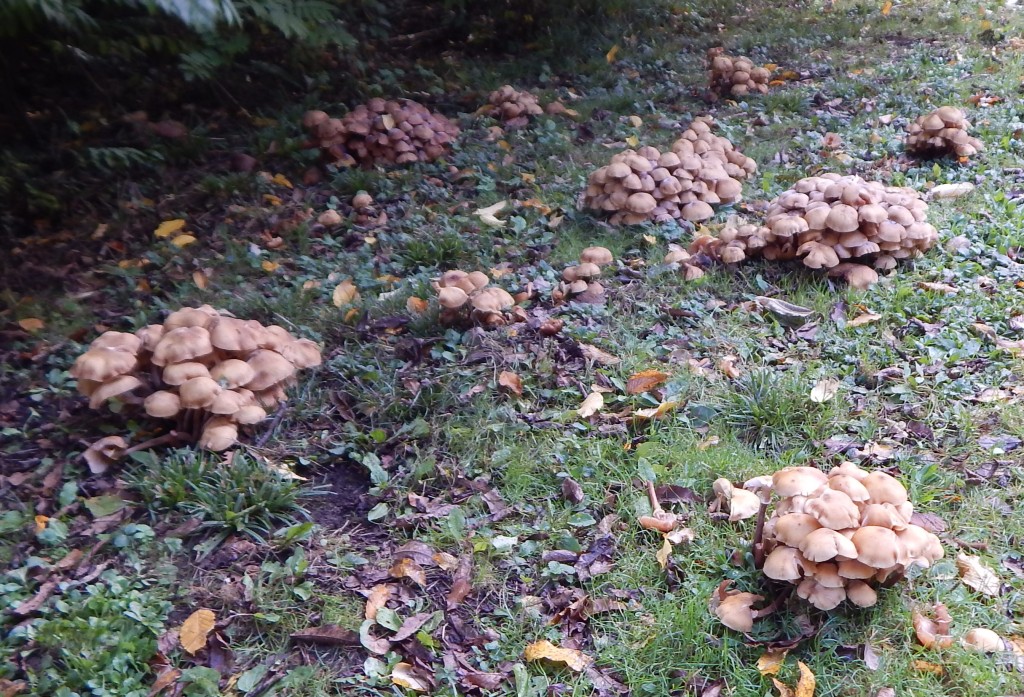
Hypholoma Species
This genus comes in a different but related family, Strophariaceae.
Greek roots Hypho-loma mean ‘thread-edge.’


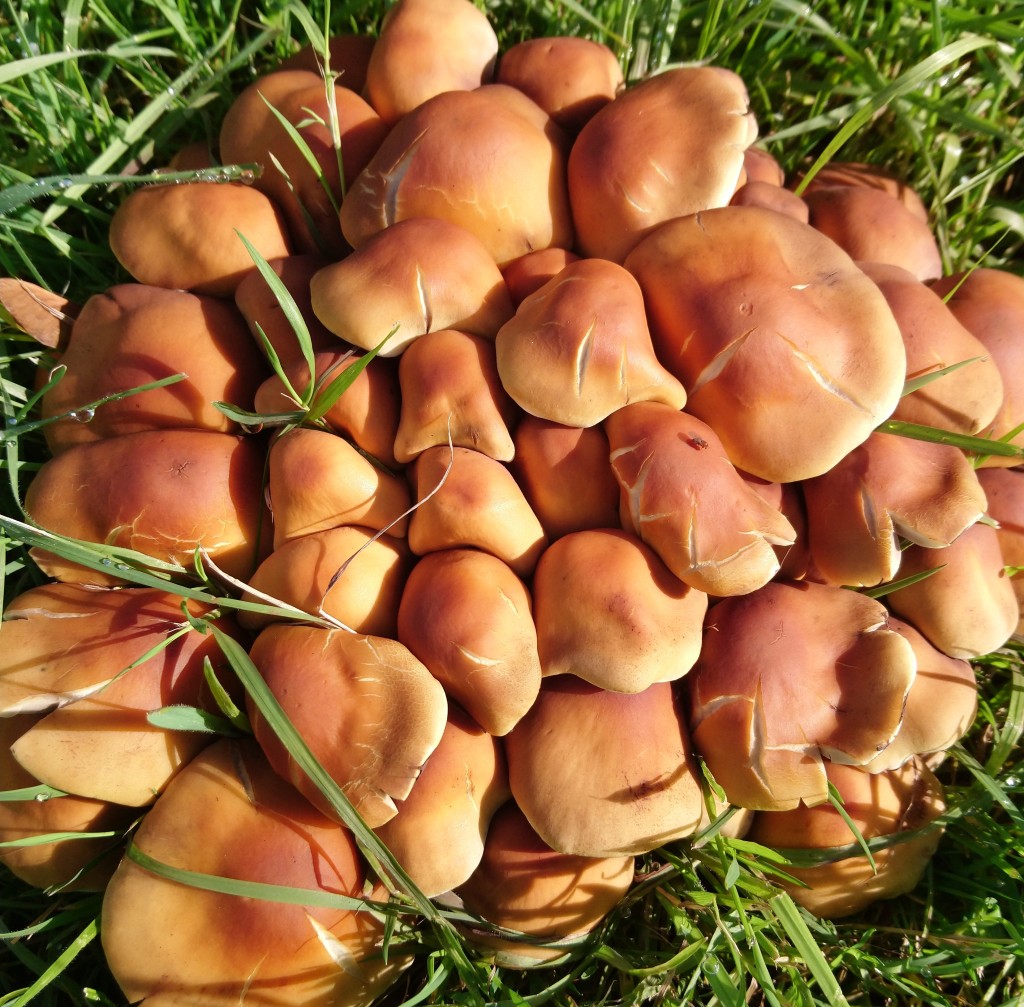



Other Notes
I am not at all expert in mycology and have not attempted to say much about these species. The best place to find fungi is on and near living or dead trees and some of my pictures come from a local arboretum.
This is the last blog about gilled mushrooms but not the last fungus.
